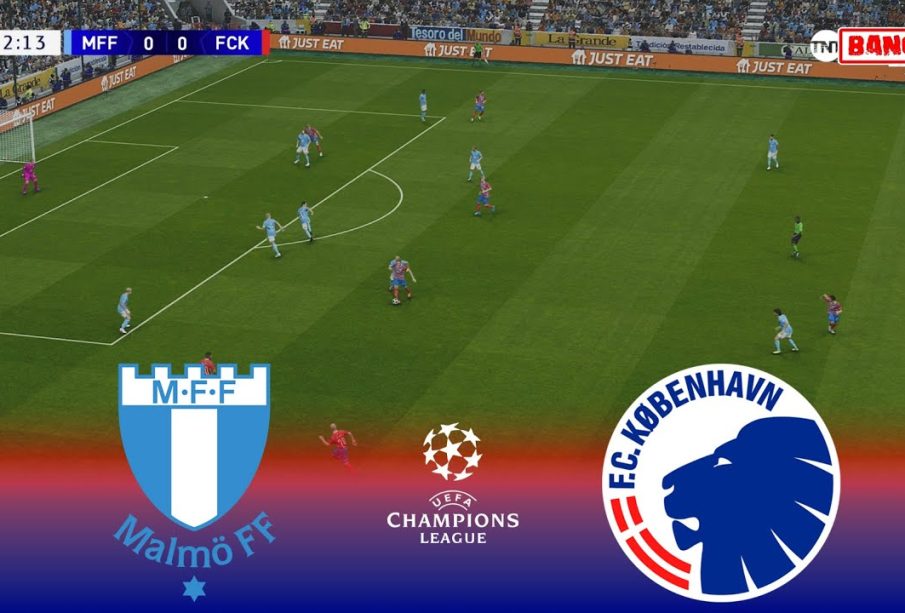Malmö vs Copenhagen: Understanding the Key Differences

Introduction
The cities of Malmö, Sweden, and Copenhagen, Denmark, are separated by just a narrow strait, yet they offer contrasting experiences in terms of culture, economics, and lifestyle. With increasing interest in urban development and cross-border collaborations, understanding these two cities is crucial for residents and visitors alike.
Geographical and Historical Context
Malmö is the third-largest city in Sweden, located at the southern tip of the country, while Copenhagen serves as the capital of Denmark. The Öresund Bridge, which connects the two cities, has facilitated not only economic exchanges but also cultural interactions since its opening in 2000. The history of both cities plays a significant role in their uniqueness, with Malmö’s roots tracing back to the 13th century as a market town, and Copenhagen’s development as a significant northern European trading hub during the 15th century.
Culture and Lifestyle
Copenhagen is known for its vibrant culture, characterized by its rich history, world-renowned gastronomy, and diverse neighborhoods. It is often dubbed the ‘happiest city in the world,’ owing to its emphasis on quality of life and sustainability. In contrast, Malmö has gained recognition als a progressive city focused on innovation and environmental sustainability. The transformation of its waterfront area has become a model for urban development. Both cities celebrate numerous festivals and events, emphasizing cultural diversity and community engagement.
Economics and Employment
The economic landscape is another differentiating aspect. Copenhagen boasts a more robust economy, driven by global businesses and a strong tech sector. The city has a higher cost of living, but salaries tend to be higher as well. Conversely, Malmö, while smaller in economic scale, has become an attractive hub for startups and creative industries, benefiting from its proximity to Copenhagen and lower living costs. The migration of professionals between these two cities is common, benefiting both labor markets.
Conclusion
In summary, although Malmö and Copenhagen are geographically close, they present distinctly different lifestyles, cultural experiences, and economic environments. For travelers, understanding these differences is essential in choosing where to visit or reside. As both cities continue to evolve and grow closer together, their rivalry may spark new innovations and collaborations that could influence urban life in Scandinavia for years to come.









